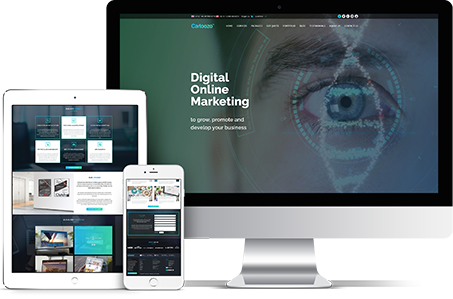
28
Feb
Four trends in digital marketing
Here are four trends in digital marketing that should be kept in mind in 2020:
From Terminator to the marketing managers' toolbox
Artificial intelligence has come a long way since Skynets and John Connor's match in Terminator, and today AI is used, for example, to drive self-driving cars, simplify login to our iPhones through face recognition and to detect bank fraud.
What is less accepted is that AI is also a rare effective tool for creating value from digital marketing. As the third-party cookie is leached more and more, AI can advantageously be used to identify patterns (for example, the time of day, which domain the ads appear on or what weather it is most likely to positively affect the conversion rate) that do not relies on cookies in the same way. Using AI and algorithms effectively requires new types of skills, such as data science and mathematics, which work together with more traditional strategic skills.
Reasonably and hopefully 2020 will be the year when AI can seriously take a seat in all marketing executives' toolbox to maximize the impact of their media investment.
Creative messages and tech marry
In our industry, we are often very good at using granular target groups and establishing fantastically intricate purchasing strategies. Where there is often a discrepancy, however, is creative, where data is rarely used to adapt the messages. According to Nielsen studies, the creative elements can affect as much as 47 percent of the purchase decision, so not applying the same degree of data-driven approach here can potentially be devastating to our results. It is possible to customise all digital ads and landing pages with any kind of data point, such as weather, geographical position or last viewed product, so make 2020 the year where we create value and impact for advertisers all the way from skilfully set strategies and target groups to data-driven advertising message at scale.
From outdated to customised KPIs
One of the absolute greatest advantages we have in digital is that we can measure outcomes and effects more profoundly than in more analogue media types. Therefore, it is high time that we go from talking about and optimising against outdated CPIs such as CPM, CPC or CTR. I am convinced that customised CPIs based on advertisers' actual business goals will be increasingly adopted. For example, a customised CPI can be several sub-goals on the advertiser's site (for example, 60 seconds spent in Article X and then click on for information on the nearest reseller), knowing that these largely correlate with a business goal that bought or booked a test run. It is important here that we work very closely and together with our customers to translate these conditions into digital KPIs.
Blockchain becomes more than just buzz
The industry's latest buzzword is blockchain, the same technology that underlies cryptocurrencies such as Bitcoin and Ethereum. Blockchain is something that we should be curious about as the technology itself can create great benefits for us as advertisers and media buyers. Some examples of applications are that it can be applied to promote and increase transparency in the digital ecosystems, or that users themselves can sell their data as a currency to access content from publishers through micro-transactions. Blockchain will probably not be rolled out on a broad front already next year - the technology is not quite there yet. However, my only hope is that we have some local players who dare to experiment with blockchain to drive our industry forward and to use transformative technologies to create advertiser value.




